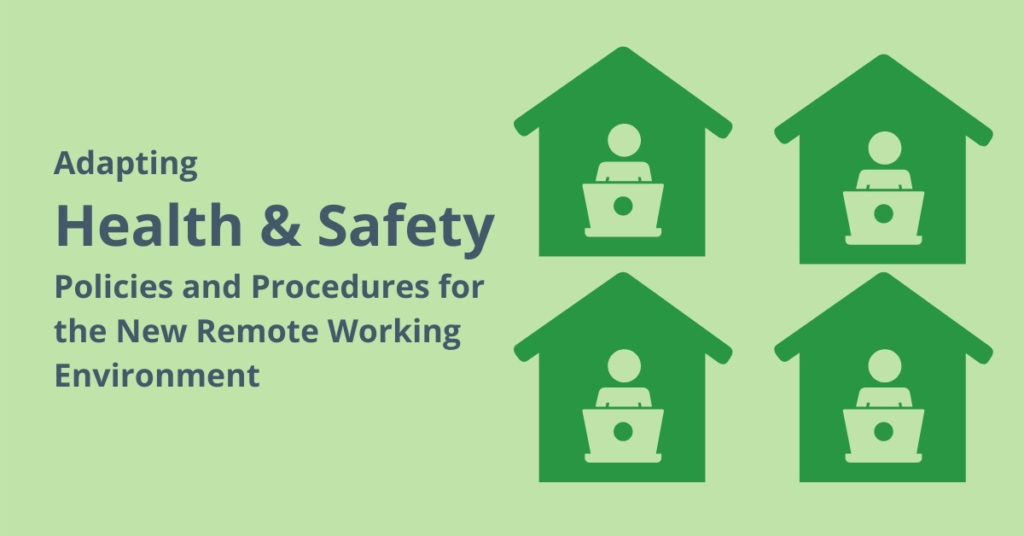A lot of things changed in the workplace when Ireland and other parts of the world entered lockdown conditions towards the end of Q1 2020. For companies required to continue delivering their essential services, remote working became an overnight necessity.
Like other companies, we had existing remote working policies at SL Controls as our team includes:
- Engineers who would regularly work on client sites.
- Engineers and staff who work in SL Controls offices.
- Engineers who work between SL Controls offices and client sites.
Initially at the start of the first lockdown, this situation transformed to 100 percent remote working whilst our clients implemented their own policies and procedures. This situation has evolved throughout the year and has transformed SL Controls into a hybrid of working on client sites or remotely from home.
Keith Moran, SL Controls CEO, said: “We had several key priorities at that crucial time, including ensuring we continued to deliver for our customers. Health and safety was our top priority and remains so to this day.
“We face different health and safety challenges today with a near-total remote workforce, and the COVID-19 pandemic also presents additional challenges. At SL Controls, we have a duty of care to our employees. We also have responsibilities to our clients.
“Our clients primarily operate in the life sciences sector. Therefore, part of the services that we provide involves our engineers working on equipment in active pharmaceutical and medical device production lines. As you can imagine, these environments have strict safety rules and procedures in normal times to maintain quality and sterilisation protocols. With the pandemic, those rules and procedures have been ramped up to a new level.”
Health and Safety When Working from Home
At SL Controls, we work with each member of our team to ensure they have a suitable setup for working from home. We allowed our people to visit the office if they needed equipment, including a chair or an additional computer screen. Our goal was to mimic the setup we have in our various offices at each remote working location, i.e., the homes of each of our employees.
However, health and safety while working from home isn’t just about having a comfortable, ergonomic chair and suitable technical equipment. Working from home also presents other challenges, including childcare, with stress being something we all have to manage.
Keith said: “Something that has been very important to me and others in the senior management team is to make sure everyone on our team knows we are in this together. I know that can sound a bit cliched, but our people are dealing with the difficulties of managing work responsibilities, home schooling young children, and achieving a good work-life balance. Hey, I might be the CEO, but I’m dealing with those exact same challenges too!
“We put together a document early in the process, and we continue to promote it today. The document highlights 10 things we value at SL Controls in relation to remote working. A central purpose of that document is to help alleviate stress and assure each member of our team that support is available if they need it.”
Some of the main health and safety points on the Remote Working: 10 things we value document include:
- Creating boundaries between work and personal time to ensure personal time is respected when working from home.
- Home life happens – there is no need to apologise for it.
- The importance of maintaining human connections while working remotely and encouraging everyone to stay connected.
- Being flexible to accommodate individual needs.
- Togetherness – even when we are apart, we are in this together.
Health and Safety When in the Field
What about health and safety when working at client sites? At SL Controls, it has always been our policy that members of our team must always follow the health and safety procedures of our clients when on site. That policy has continued throughout the pandemic.
We have also implemented new procedures and initiatives. Firstly, we have a zero-risk policy when it comes to COVID-19. If a member of our team experiences any symptoms, they simply do not go onto a client site. Even with a negative test, we still take a cautious approach, preferring to wait out the government-recommended self-isolation period.
We have also developed new and innovative remote support and project delivery technologies, with security and compliance central to our unique approach. These new technologies make it possible for us to deliver even more of our services without the need to visit the client’s site physically.
Keith said: “The working environment has changed dramatically from where we were 12 months ago. The same applies to health and safety issues. Things will probably be different again 12 months from now.
“The key is to stay flexible and to quickly adapt the way we work to maintain our duty of care. Equally prioritising physical and mental health is important too.”





